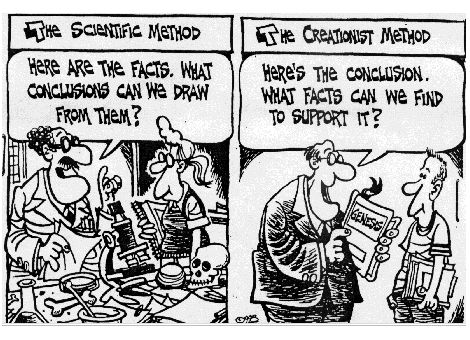Motor Daddy
Valued Senior Member
Motor Daddy
Well, Duh! It is your Frame of Reference(your frame). And if you sit down with the proper equipment and a little learnin', you too could prove that in your frame of reference all the properties of the Universe(speed of time's passage, speed of light, length, breadth and width, etc)are exactly what science says they are after much evidence gatherin', testin' and figurin'.
For that to be determined you must observe other frames and determine their properties relative to those of your frame. The determination about whether you are moving in relationship to them, or vice versa, is an intellectual one. If you were in mostly empty space and saw an asteroid pass close by, you would probably think it's the meteor that was moving, but what if you were on the way to Jupiter and what really happened, in the frame of the Solar System as a whole, is you just zoomed by the asteroid at high speed. And if you were in orbit around the Earth your mind would interpret that as you doing the moving. It's all relative.
Sorry, that's all the coherent questions I could salvage from your post.
Grumpy
I am an object is space. I travel in space. My motion in space has nothing to do with any other object traveling in space. My motion is not determined by another object's motion. If there are no other objects in sight and I thrust my jetpack I change my velocity. Do you know what acceleration is? I can feel my velocity change. I have my own velocity in space and it is not relative to any other object. I don't feel an acceleration because another object goes slow or fast past me. I feel an acceleration because my velocity CHANGES. MY velocity changes!

